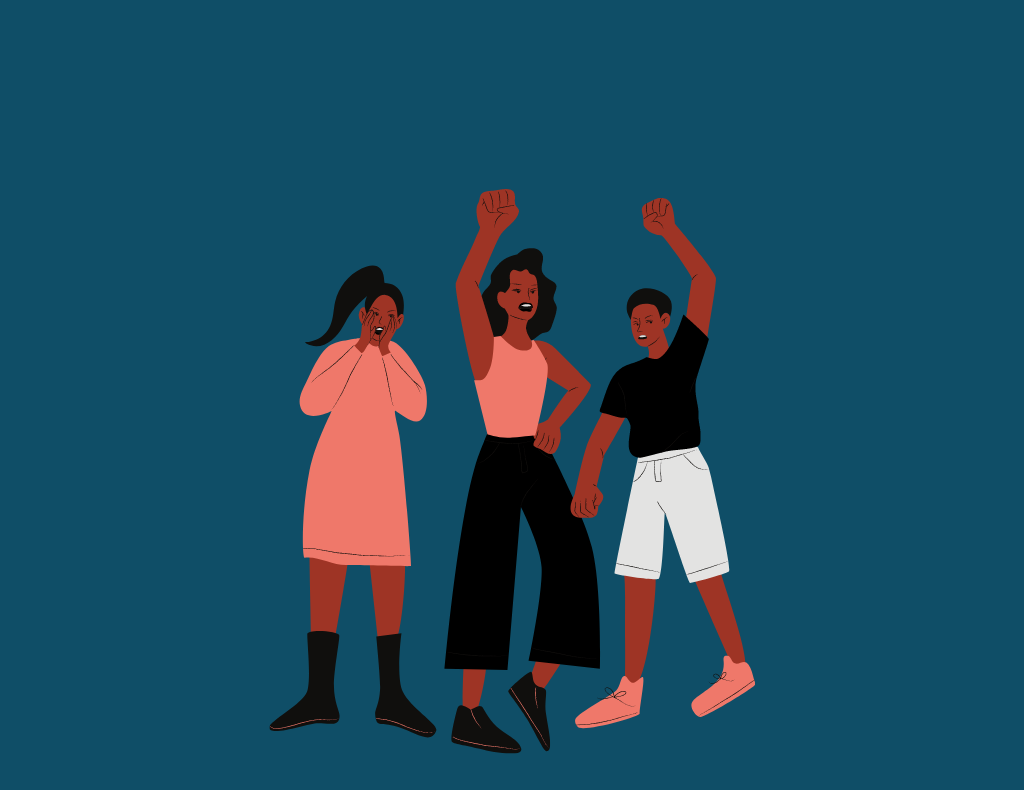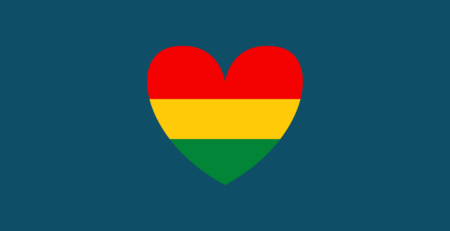North Philadelphia’s Young Activists
In North Philadelphia, there’s a 10ft stone wall surrounding a campus of picturesque buildings. The 43-acre campus is Girard College, a Philadelphia boarding school that opened its doors in 1848 to poor, white male orphans. Today, the sidewalks outside Girard college are largely quiet, but in the 1960s, youth activism ushered in necessary change.
Last February, right before the pandemic shut most things down, I was finishing my final semester of graduate school. For an education course on Black and Latinx resistance, I visited Girard College and spoke to two of the youth activists who helped integrate Girard: Bernyce and Karen.
They were a part of the “Young Militants” or “Cecil’s Army,” teenagers who marched for “seven months and 17 days” in order to integrate Girard College (Rybak, 2016). Although Brown v. Board of Education passed in 1954, the struggle to desegregate Girard lasted many years later. While the teens marched outside, Cecil B. Moore, an NAACP leader and prominent African-American lawyer, fought inside the courtroom to desegregate Girard (Historical Society of Pennsylvania).
Girard College was created as a boarding school for white male orphans, but teens like Bernyce and Karen fought hard to make sure it opened its doors to more students. Throughout the fight to integrate, the teens bravely faced police brutality and threats. According to the Historical Society of Pennsylvania, “In 1968, the Third Circuit Court of Appeals upheld a ruling” to integrate Girard. In the 1970s, it began accepting women.
The first time I’d heard of Girard College, Cecil’s Army, and the path to integration was in my class, but I surely hope it is not the last.
Why Youth Activism Matters
It’s imperative to include youth activists in our studies of the Civil Rights Movement and Black History (e.g. American history). Throughout time, youth and youth led movements have paved the way for substantial changes. Youth are not simply the future, they’re creating the future. Today, Bernyce and Karen live in the Philadelphia they helped create. While ample work remains, their story reminds me that there’s power in every person, no matter their age. This Black History Month, don’t forget to center youth activists in your reflections.
Read more on racial justice and Black History Month by the Possip team here.
By Jasmine Blue. Jasmine is a Possip team member.





